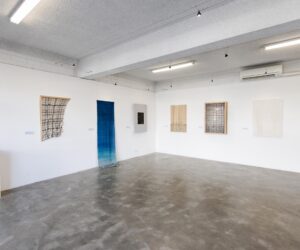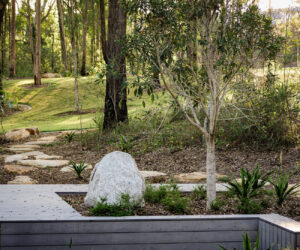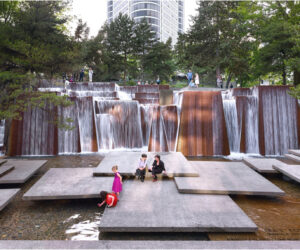A sneak peek at MINI LIVING – INVERT 3.0
With mere weeks remaining until green magazine and MINI present MINI LIVING – INVERT 3.0 in collaboration with RMIT University, a newly-released video gives a glimpse of the work of architects and architecture students involved in the exhibition. Watch it here. MINI LIVING – INVERT 3.0 will explore the architectural potential of laneways and offer unique takes on communal living, adaptive reuse and sustainable mobility in Australian cities and suburbs.
Both architects and students have seized the opportunity to expand upon the brief to design an independent dwelling on a piece of land carved from a suburban Melbourne block. In the video, RMIT architecture students reveal their design for a shared “forest” between neighbouring properties.
Architects’ scale models will be displayed along with RMIT students’ larger model that will take a look at the broader picture of laneways and their potential – fittingly, in a Melbourne CBD laneway venue open to the public.
green magazine is also releasing MINI Portraits audio tours in the lead-up to the exhibition via social media and online. These episodes join participating architects on a brief tour of a Melbourne laneway that’s special to them. Watch MINI Portraits online here.
green magazine editor, Tamsin O’Neill says: “Feedback from both architects and RMIT students is revealing a diversity of ideas for the site and the surrounding landscape. We are looking forward to seeing how each has responded to the brief and to the treatment of each model.”
MINI LIVING – INVERT 3.0
13 – 17 November, 2019
Rapha Melbourne, 32 Guildford Lane
greenmagazine.com.au/update/invert
mini.com/en_MS/home/living.html
About MINI Living
MINI Living started in 2016 and is dedicated to developing novel residential concepts for urban conurbations worldwide. Developments in big cities such as space shortage and price increases are taken into account, as well as the desire for flexibility, local identity and communal interaction. In order to address these diverse aspects, the project takes the “creative use of space” principle as developed for the classic Mini in the field of automotive design and applies it to the residential context.


